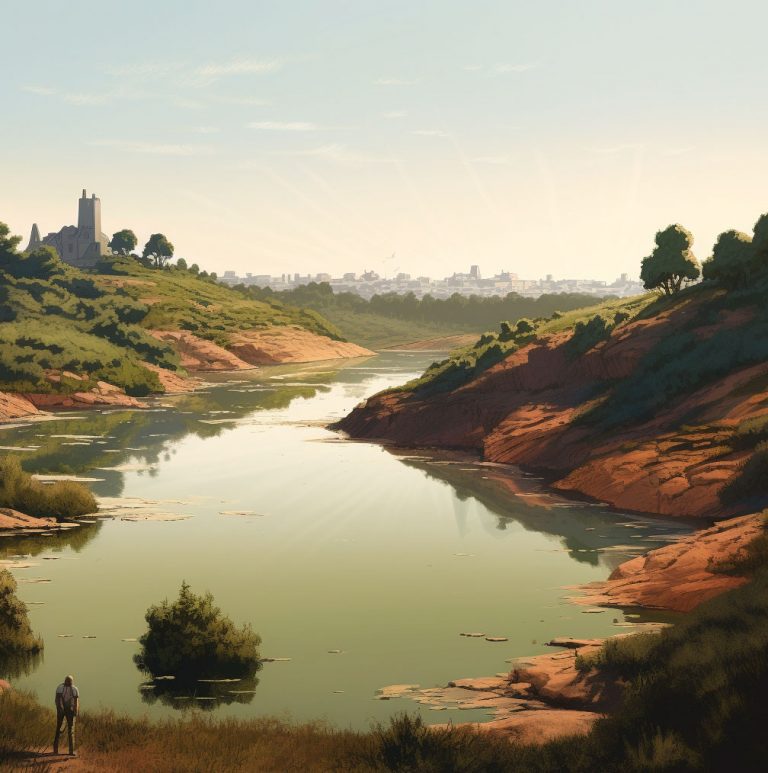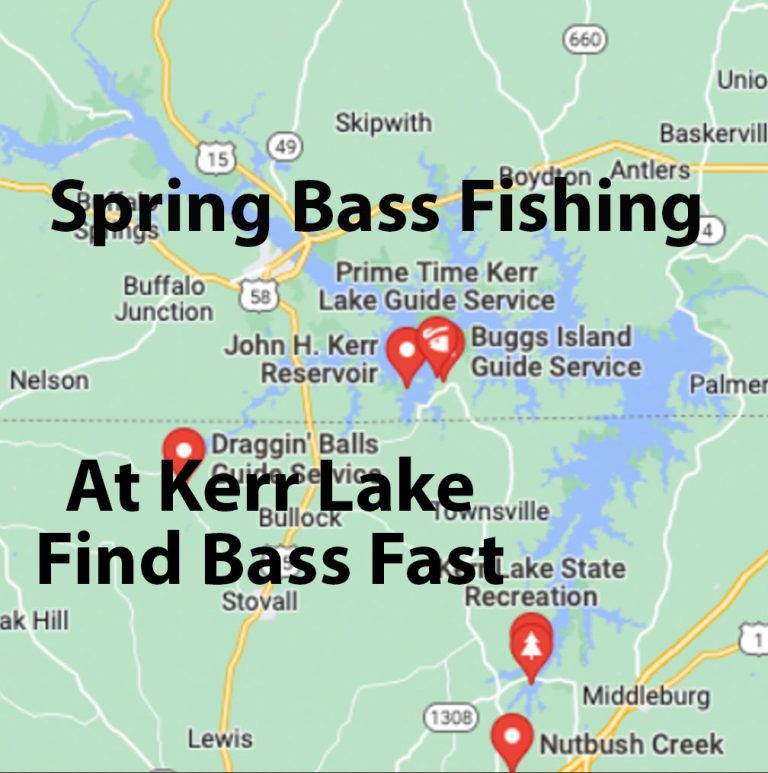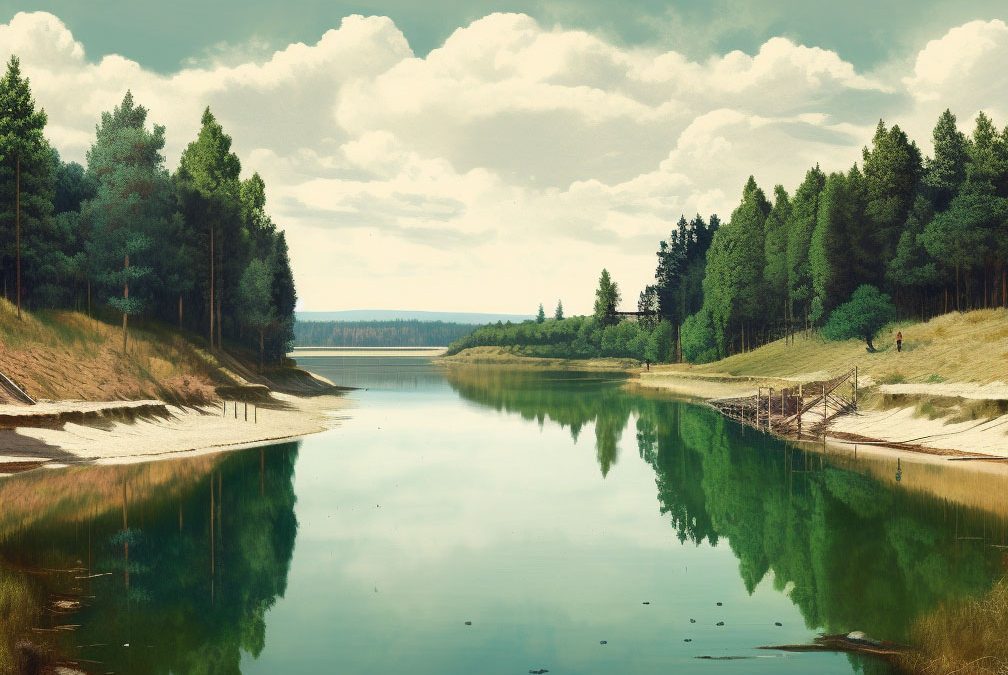Introduction
All of you fishing fanatics, hello! Are you up for the task of fishing in lowland reservoirs for bass? I’ll tell you, it’s not always a simple task. But you can catch some remarkable fish if you have a little patience, understanding, and a little bit of luck. I’ll give you all the advice you need to catch bass in lowland reservoirs in this article.
Understanding Lowland Reservoir Bass Fishing
Let’s start by discussing the significance of lowland reservoirs for bass fishing. These reservoirs are created by building a dam, which results in a body of water that is considerably shallower than reservoirs of other types. As a result, a variety of fish, including bass, can find a home. Lowland reservoirs, however, can be harder to fish than deeper lakes since they are shallower and typically more exposed to sunlight.
Now, it’s important to comprehend how bass behave in lowland reservoirs before we get into the intricacies. Because they are opportunistic eaters, bass will consume almost anything that resembles food. However, seasonal trends, water temperature, water clarity, and fishing pressure have an impact on their activity.
Bass behavior in lowland reservoirs can be strongly impacted by seasonal variations. Bass will migrate to shallow places in the spring to breed. They may become lethargic in the summer due to the heat, in which case they will retreat to deeper, cooler water. They’ll start vigorously feeding in the fall to put on weight before winter. Additionally, they will become less active and move to deeper regions that offer greater cover throughout the winter.
Although finding bass in lowland reservoirs can be challenging, there are a few basic methods you can employ. Search for areas with cover, such as weeds, rocks, and laydowns, when bass are in shallow water. Look for transitions between deep and shallow regions, such as drop-offs or underwater ledges, when they are in deeper water.
Lures and Techniques for Lowland Reservoir Bass Fishing
Let’s discuss lures and approaches now that we have a basic idea of how bass behave in lowland reservoirs. Bass can be caught in lowland reservoirs using a wide variety of lures and approaches. Some of my favorites are listed here:
I’ll start with topwater lures. These lures are ideal for shallow-water fishing and for use near cover. They mimic prey that is trying to stay above the water, which causes a bass to strike. Topwater lures include creatures like poppers, frogs, and buzzbaits.
Then, buzzbaits and spinnerbaits are fantastic for fishing in open water. They generate noise and vibration, which might draw bass that are lurking in deeper water. They can also be utilized in and around covered places.
A traditional lure for bass fishing is a plastic worm. They can be worked slowly or quickly and are effective in both shallow and deep water. In some circumstances, Texas or Carolina rigging the worm can be successful.
Another adaptable lure that may be used in a number of circumstances is the jig. They work well for fishing on the reservoir’s bottom or near submerged cover. Jigs can replicate crayfish or different types of prey that bass eat.
For fishing in deeper water or near buried cover, crankbaits are ideal. They generate vibrations and sounds that can draw bass from a distance. To imitate various prey, you can pick from a range of sizes and color schemes.
And finally, you can use jerkbaits to mimic baitfish or other prey that is swimming frantically. These lures are effective in shallow water or close to underwater cover.
Strategies for Catching Bass on Lowland Reservoirs
After discussing the various lures and methods, let’s discuss tactics for catching bass in lowland reservoirs. The time of day and lighting conditions are among the most crucial factors to take into account. Bass are happiest when there is little light, like at morning or dusk. However, if you work your lures slowly and methodically, you can still catch them throughout the day.
Additionally, the water’s temperature and clarity can significantly affect bass behavior. Bass often become more active and travel to shallower places in warmer water. They will travel to deeper places that offer more cover in colder water. Clarity of the water must also be taken into account. Use natural-colored lures in clear water. Use shinier, more vivid lures in murky water.
Bass behavior can also be influenced by the weather. Bass may become more active and feed aggressively during a front or weather change. However, they could be pickier about what they eat when the weather is consistent.
Try different locations or fishing methods if you’re in an area where there is a lot of fishing pressure. Fishing in a less busy place can improve your chances of catching bass because they can be easily startled.
Finding and capturing bass can also benefit from the use of electronics and boat placement. Locate bass-holding fish schools or submerged objects by using a fish finder. Your chances of catching bass can also be improved by using the right boat location.
Fishing with a friend or partner can be enjoyable and rewarding. You can benefit from each other’s knowledge and experience while also traveling farther and perhaps catching more fish.
Safety Tips for Lowland Reservoir Bass Fishing
Let’s wrap up by discussing lowland reservoir bass fishing safety advice. Always check the condition of your boat and equipment before venturing out onto the water. Put on the right equipment and clothing to protect you from the weather, such as sunblock or warm clothing. Before leaving, always check the weather, and make sure you have emergency supplies on hand, like a first aid kit or radio. Respect wildlife and the environment, and whenever possible, engage in catch-and-release fishing.
Conclusion
Finally, although catching bass in lowland reservoirs can be difficult, you can reel in some outstanding specimens with a little bit of expertise and effort. To stay safe on the water, keep in mind bass habits, utilize the proper lures and methods, and abide by safety precautions. So why are you still waiting? Go outside and begin catching bass!

How To Catch Bass On Midland Reservoirs
Introduction As an avid bass fisherman, I’ve spent countless hours on Midland reservoirs in search of the perfect catch. These bodies of water offer unique challenges and a variety of scenarios for catching bass. Understanding the characteristics and behavior of bass on Midland reservoirs is crucial to increasing your success. In this article, I’ll share […]

Spring Bass Fishing At Kerr Lake
As an avid fisherman, I’ve had the pleasure of fishing all over the country, but there’s something special about Kerr Lake in the spring. This large reservoir, located on the border of Virginia and North Carolina, is known for its great bass fishing, and the fish really come alive in the spring. In this article, […]

